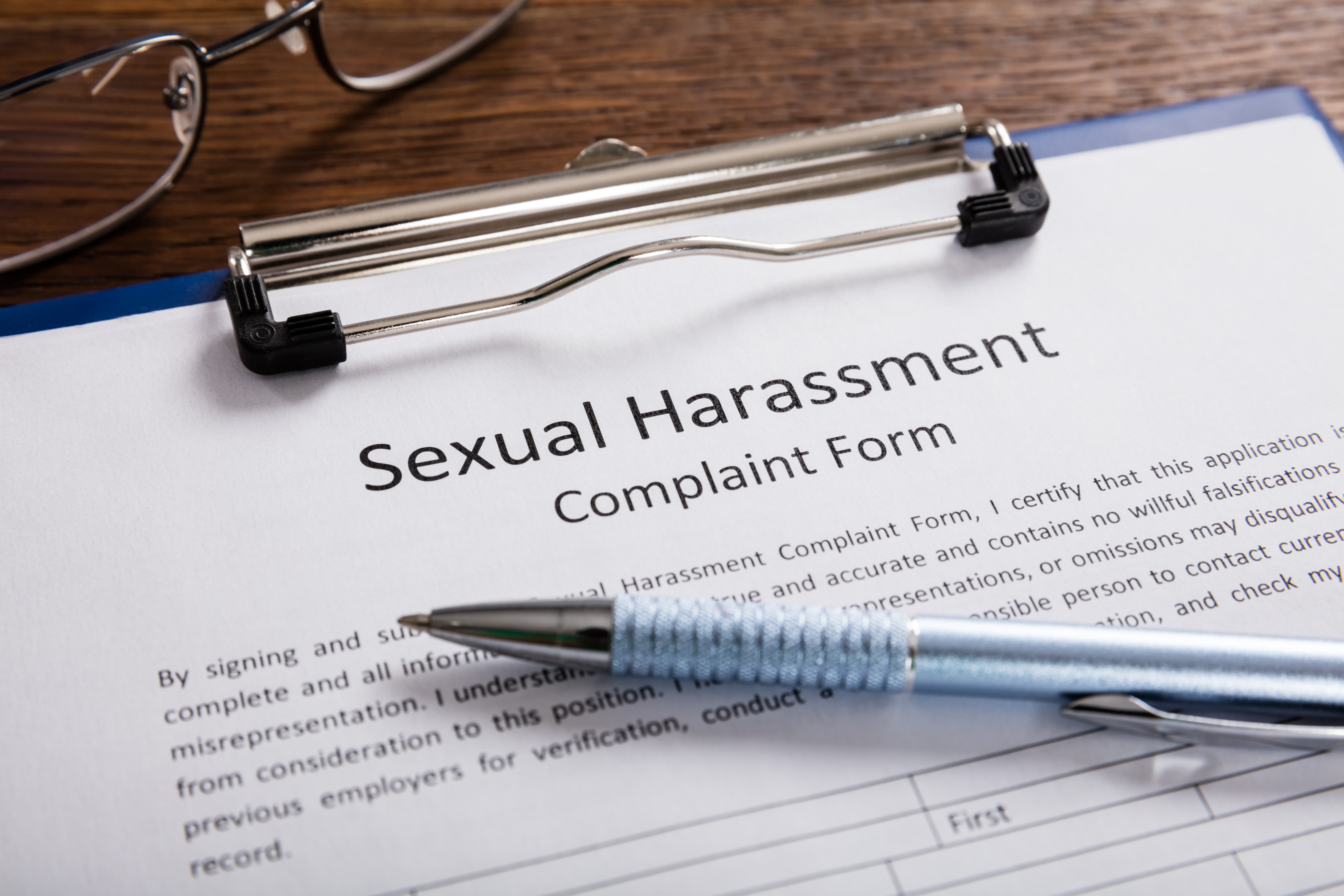Knowledge is Power and Can Aid in Prevention
Both employers and employees benefit when companies and organizations effectively address sexual harassment. By training employees, devising and implementing harassment policies and procedures and enforcing those policies fairly and consistently, employers can combat sexual harassment in the workplace.
Recent media reports, including the reported allegations against media executive Harvey Weinstein, are drawing attention to the pervasiveness of sexual harassment in the workplace. It is in the interest of both employees and employers to identify and eliminate harassment. Below are some steps that employers can take to be alert to harassment and to eliminate harassment from the workplace.
Train Your Employees
First, employers must properly train employees to ensure that employees understand what behaviors constitute sexual harassment. Employees who have a clear knowledge of what harassment is will be more likely to conduct themselves appropriately and more likely to speak up should they be harassed or observe workplace harassment.
While some examples of sexual harassment in the workplace are obvious, others can be less so. For example, most people are aware that unwanted groping of employees or threats of sexual assault is considered sexual harassment. However, in other instances, sexual harassment may be less easily identified. If a boss repeatedly asks an employee out for a dinner date, even if the proposal is sincere and without nefarious motives, the behavior can be considered harassment. Likewise, if a boss confesses his love for an employee, again without any intention of making the employee uncomfortable, the boss can be guilty of harassment.
Employees and employers all benefit from training that provides employees with an understanding of the nuances of harassment in the workplace. Many employers go through the motions of harassment training to avoid liability instead of training employees in a way that truly educates them. Though both employees and employers can view harassment training as uncomfortable or tedious, the benefits of robust training are immeasurable.
Implement Sexual Harassment Policies and Procedures
Second, employers must put into place policies and procedures that govern what employees should do if they encounter harassment as well as what actions the employer must take when it becomes aware of the harassment.
Many employees do not report harassment simply because they do not know what to do when they encounter harassment. If an employer does not provide clear instructions and resources to its employees, the employees will be less likely to report harassment. In turn, harassment can become more prevalent because harassers will feel they are less likely to face consequences for their actions.
The EEOC has published a chart of risk factors for workplace sexual harassment and responsive strategies. This chart is a handy tool that provides employers with strategies that may benefit particular employers based on the risk factors present within the company or organization. For example, employers with younger workforces may need to take more steps to educate employees because employees’ lack of experience could make them less aware of laws and workplace norms.
Enforce Your Policies
Third, employers must fairly and consistently apply policies and procedures when harassment is identified or reported.
One of the main deterrents to employees in reporting harassment is fear of retaliation. Employees fear that, instead of investigating and remedying reported harassment, employers will retaliate against the person reporting the harassment. All too often, employees who report harassment are terminated or pushed out. Employers must be able to ensure that an employee who reports harassment will not face retaliation.
Employers must conduct a prompt, thorough, impartial and fair review of any alleged harassment. Investigations may require interviewing involved parties and witnesses as well as others within the organization. Employers must then act appropriately to discipline harassers and to protect employees who have been harassed from retaliation or further harassment. If employees are confident in an employer’s ability to handle a harassment complaint professionally, they will be more likely to report harassment.
Curbing Harassment Benefits Everyone
Though the above steps will not eliminate all harassment, they can help employers establish a culture in which harassment is not tolerated and, therefore, greatly reduced. A reduction in workplace harassment will lead to gains in employee morale. Additionally, by taking steps to eliminate harassment, employers benefit economically by reducing exposure to legal liability from harassment claims.



 Murat Kayali
Murat Kayali





